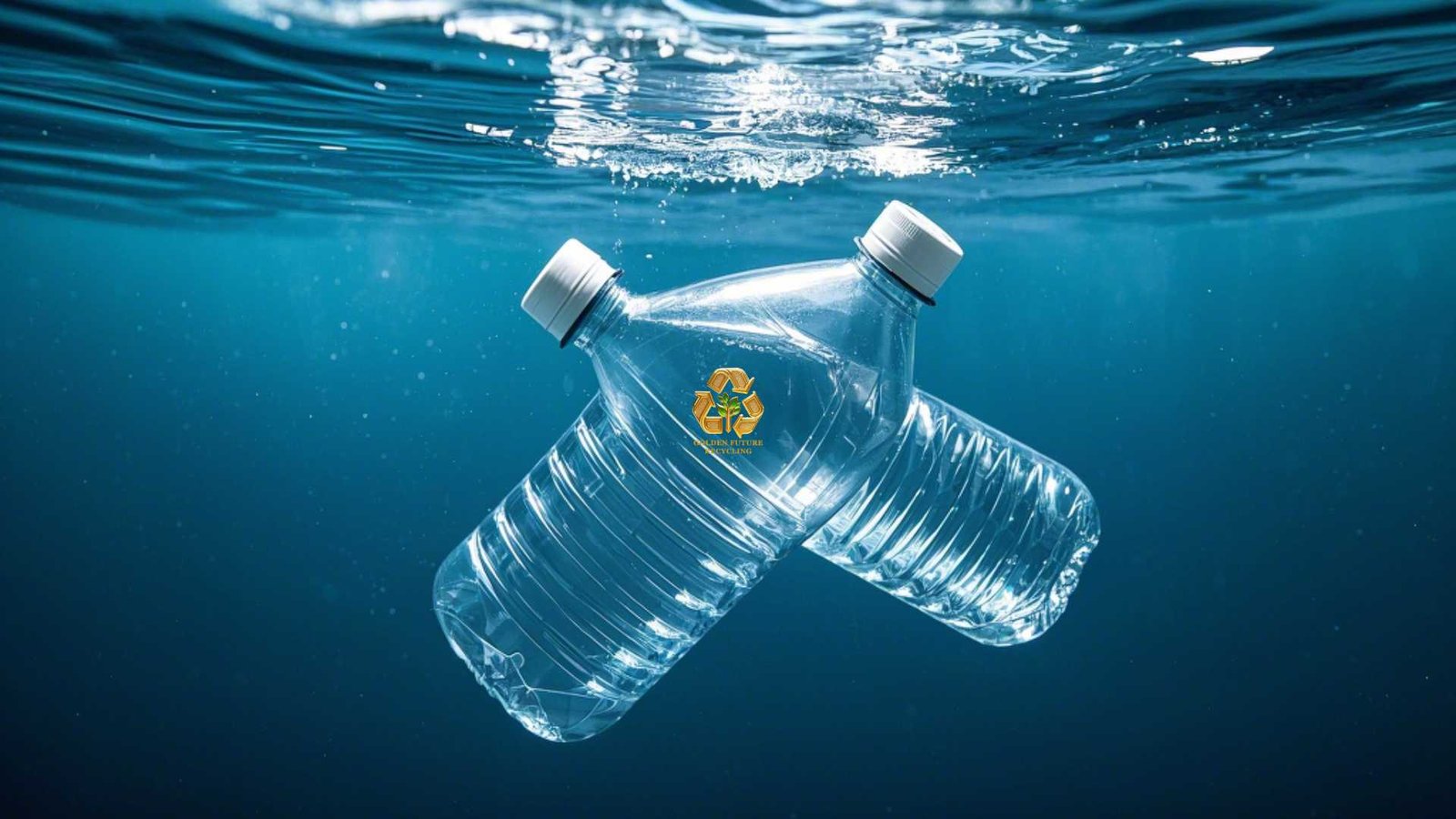
Polyethylene terephthalate (PET) containers are widely used for packaging beverages, food, and other products due to their durability, light weight, and convenience. However, as the world faces the mounting issue of plastic pollution, the challenge of ensuring these containers are more recyclable and innovative has become a priority for the recycling industry. Despite their popularity, PET containers still encounter significant barriers in terms of recycling efficiency and sustainability. This article explores the challenges facing PET containers and highlights the innovative solutions being developed to address them.
The Growing Environmental Impact of PET
PET containers are integral to many industries, including food, beverage, automotive, and pharmaceuticals. However, the widespread use of PET plastics contributes to substantial environmental concerns. PET is a non-biodegradable material, and without effective recycling, it can accumulate in landfills and oceans, harming ecosystems and wildlife.
The need for more recyclable PET containers is more urgent than ever. Innovations in design and recycling technologies are key to addressing these challenges. In this context, companies like Golden Future Recycling in Oman are working hard to implement sustainable practices that not only focus on improving recycling rates but also on developing new ways to make PET containers more efficient and environmentally friendly.
Major Challenges for PET Containers
1. Low Recycling Rates
Despite the fact that PET is one of the most commonly recycled plastics, the recycling rate remains lower than expected. According to various studies, a significant portion of PET containers end up in landfills, often due to inefficient collection and sorting systems. Moreover, contamination in the recycling stream, such as food residues in packaging, can complicate the recycling process, leading to lower-quality recycled materials.
2. Complex Packaging Designs
PET containers are sometimes designed with mixed materials or additional layers that make recycling more difficult. For example, food packaging may feature a combination of PET and other materials like aluminum or paper-based layers, which complicates the recycling process. These multi-material packages often need to be separated manually or through complex technological processes before they can be effectively recycled.
3. Downcycling of Recycled PET
One of the key limitations of current PET recycling practices is downcycling. When PET is recycled, it often doesn’t return to its original form or function. Instead, it is commonly used for lower-grade products like t-shirts, carpeting, or insulation. This limits the potential for creating new PET containers or other high-quality products from recycled PET, restricting the overall sustainability of the recycling process.
4. Consumer Awareness and Participation
A lack of awareness about recycling practices is another challenge. Many consumers still do not know how to properly separate recyclables or whether certain types of packaging are recyclable. This results in contamination, making it harder for facilities to recycle materials effectively. More education and public awareness campaigns are essential for improving recycling rates and ensuring that PET containers are properly sorted and processed.
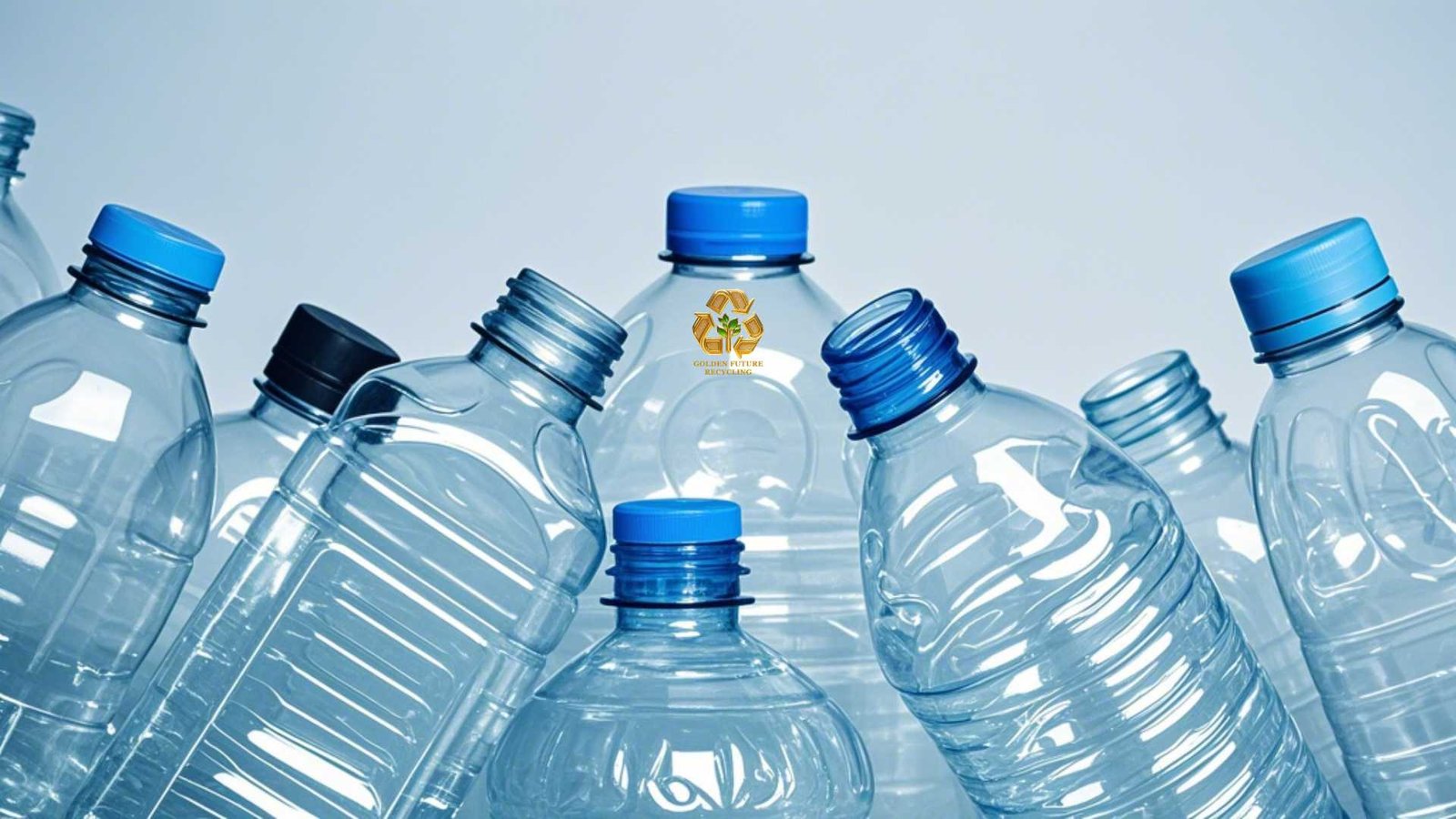
Innovative Solutions for a More Recyclable Future
Despite these challenges, several innovative solutions are emerging that aim to improve the recyclability of PET containers and promote sustainability.
1. Design for Recycling
To overcome some of the recycling challenges, manufacturers are focusing on creating PET containers that are easier to recycle. This includes designing packaging that uses a single material or has minimal coatings or labels. By reducing the complexity of packaging, these designs ensure that the PET material can be more easily separated and processed by recycling facilities.
2. Advanced Recycling Technologies
Technological advancements are helping to make PET recycling more efficient. Innovations like enzymatic recycling and chemical recycling are enabling the breakdown of PET into its base components, which can then be reused to create high-quality products. These methods could significantly improve recycling rates and the quality of recycled PET, leading to a more sustainable circular economy.
3. Closed-Loop Recycling Systems
Closed-loop recycling, where PET containers are recycled back into new PET containers, is a key goal for achieving circularity in the PET industry. By implementing closed-loop systems, companies can reduce the demand for virgin plastic and make better use of recycled materials. This system not only minimizes waste but also reduces the carbon footprint associated with plastic production.
4. Collaboration Across the Industry
Collaboration among stakeholders—including packaging manufacturers, recyclers, consumers, and policymakers—is crucial to overcoming the challenges for PET containers. Initiatives such as the PET Tray Circularity Evaluation Platform (TCEP) in Europe have already begun to promote tray-to-tray recycling, and similar models can help improve the recyclability of other PET products. Working together, these stakeholders can drive the necessary changes in design, collection, and recycling processes to improve overall circularity.

The Role of Innovation and Government Support
Government support plays a vital role in advancing PET recycling. Policies that incentivize the use of recycled materials, fund research into new recycling technologies, and regulate the reduction of single-use plastics are all essential for accelerating progress. By working together with the industry, governments can help make recycling more efficient, scalable, and sustainable.
How You Can Contribute
As an individual, your actions also have an impact on the success of PET recycling. Here are some simple steps you can take to help:
Separate Your Waste at Home
The first step to effective recycling is separating your waste. Ensure that PET containers are placed in the correct recycling bin, free from contamination like food residues or non-recyclable materials. Proper waste separation allows recyclers to handle PET more efficiently and ensures that it ends up in the right processing facility.
Contact Golden Future Recycling for Expert Help
Golden Future Recycling in Oman is at the forefront of promoting sustainable recycling practices. By partnering with them, you can gain access to expert advice on how to improve your waste management practices and ensure that your PET containers are being properly recycled. Golden Future Recycling is committed to creating a cleaner, greener future by offering solutions that support a circular economy.
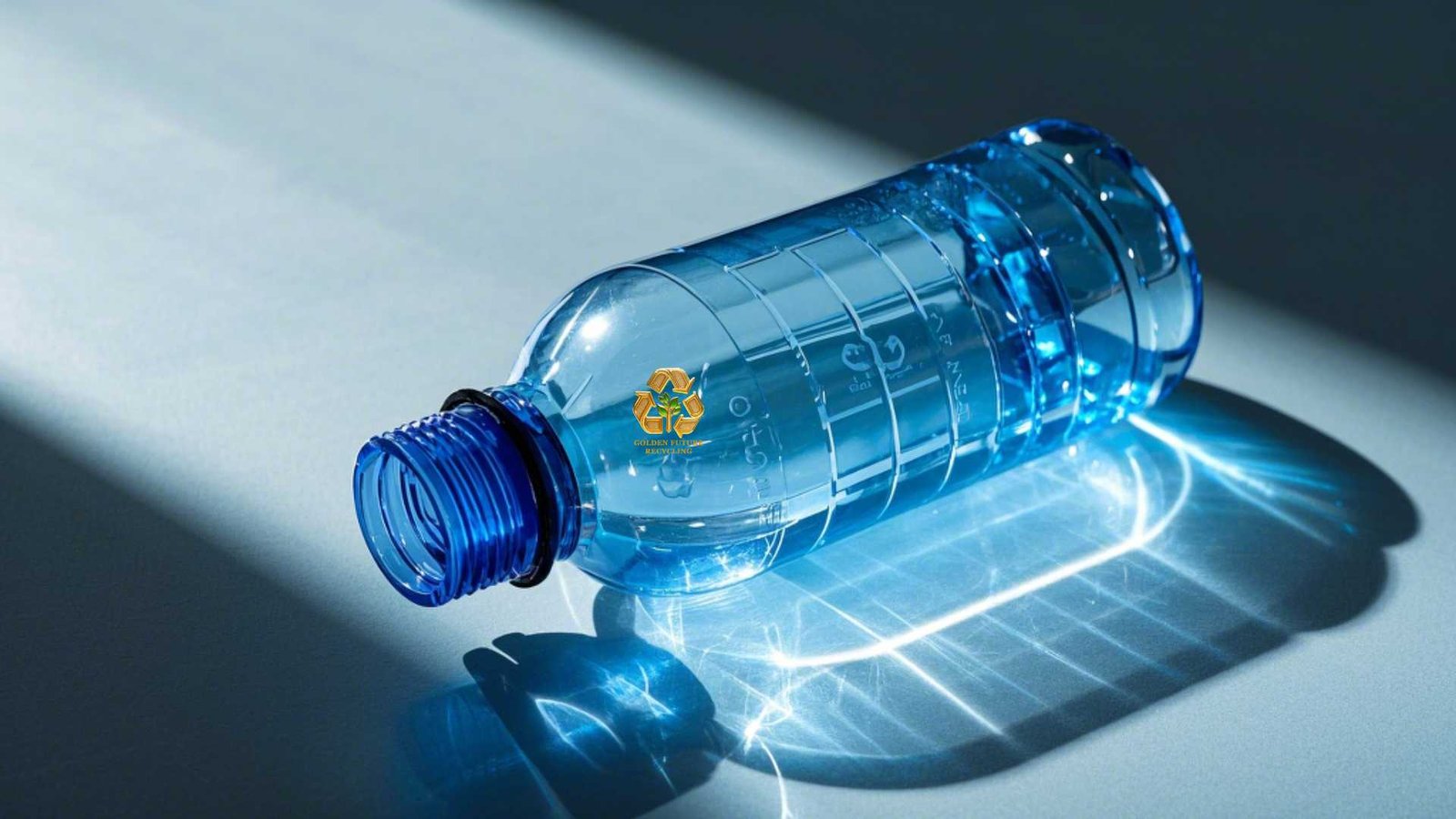
How can I reduce plastic waste at home?
To reduce plastic waste at home, focus on using reusable items like water bottles, shopping bags, and food containers. Additionally, reduce your use of single-use plastics and properly separate recyclables, including PET containers, from regular trash.
Why is waste separation important?
Waste separation is critical because it ensures that recyclable materials like PET can be processed properly. Properly separated materials are easier to recycle, reducing contamination and increasing the chances of successful recycling.
How can I contact Golden Future Recycling for help with waste management?
You can contact Golden Future Recycling by visiting their website or calling their customer service. They offer guidance on how to manage waste effectively, including how to recycle PET containers properly.
What are the benefits of recycling PET containers?
Recycling PET containers reduces the need for virgin plastic production, conserves natural resources, and lowers energy consumption. It also minimizes waste, reduces landfill use, and helps reduce carbon emissions.
Get in touch now!
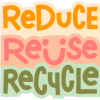
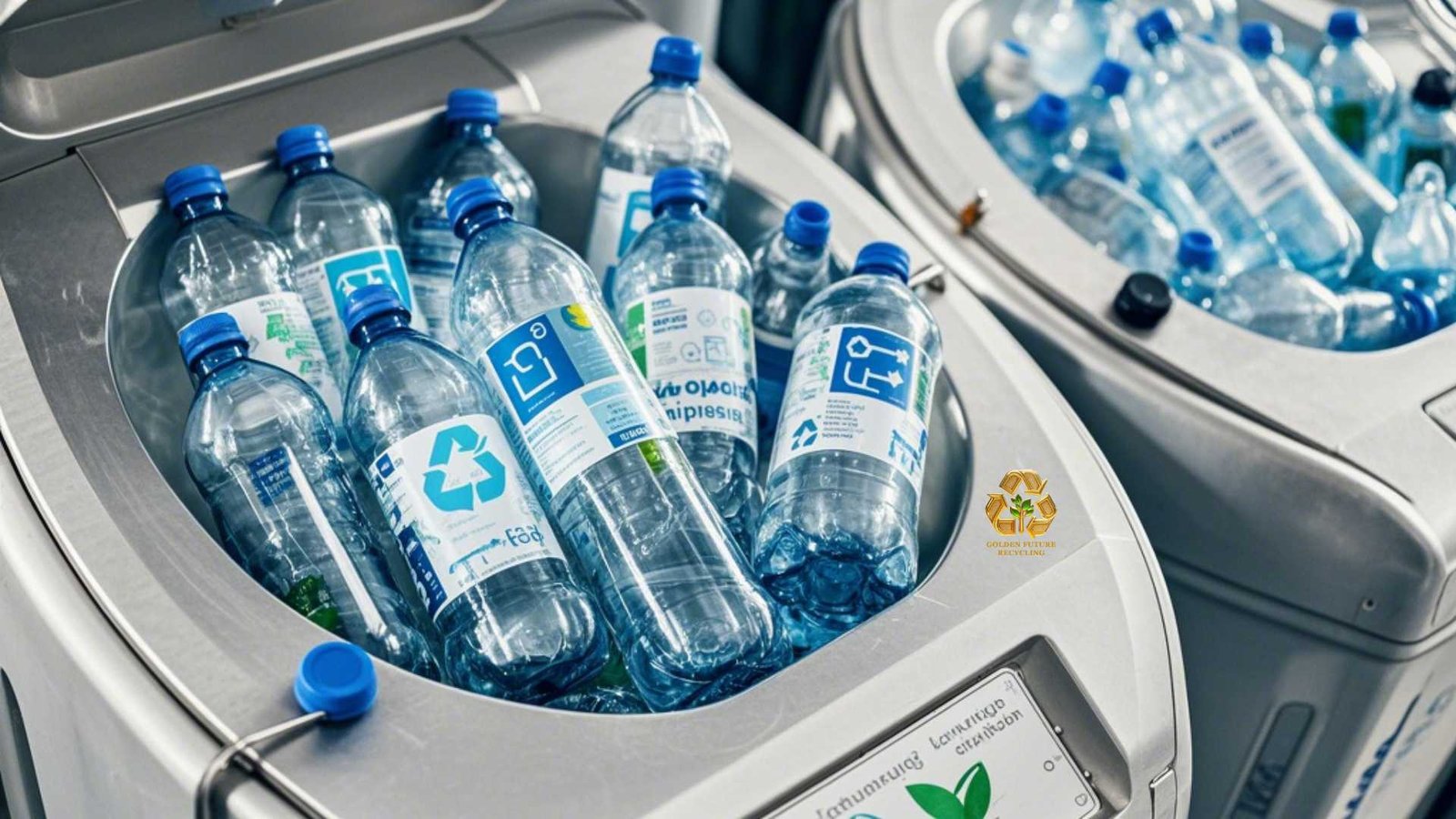
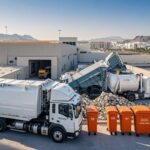

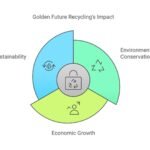
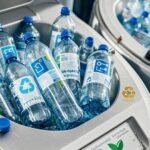

Oman PET Recycling - Golden Future Recycling
[…] Challenges for PET Containers: Towards Recyclability and Innovation […]
Innovative Recycling Collaboration in Oman - Golden Future Recycling
[…] Challenges for PET Containers in Oman […]
Waste Separation in Muscat, How Families Can Help
[…] Challenges for PET Containers: Towards Recyclability and Innovation […]
Ways to minimize Plastic Waste in Oman - Golden Future Recycling
[…] Challenges for PET Containers: Towards Recyclability and Innovation […]
Waste Management in Oman - Golden Future Recycling
[…] Challenges for PET Containers: Towards Recyclability and Innovation […]
Ahmad
This article is very interesting and informative! The website is a great source of
useful information.
Look at my website :: astrohvarna